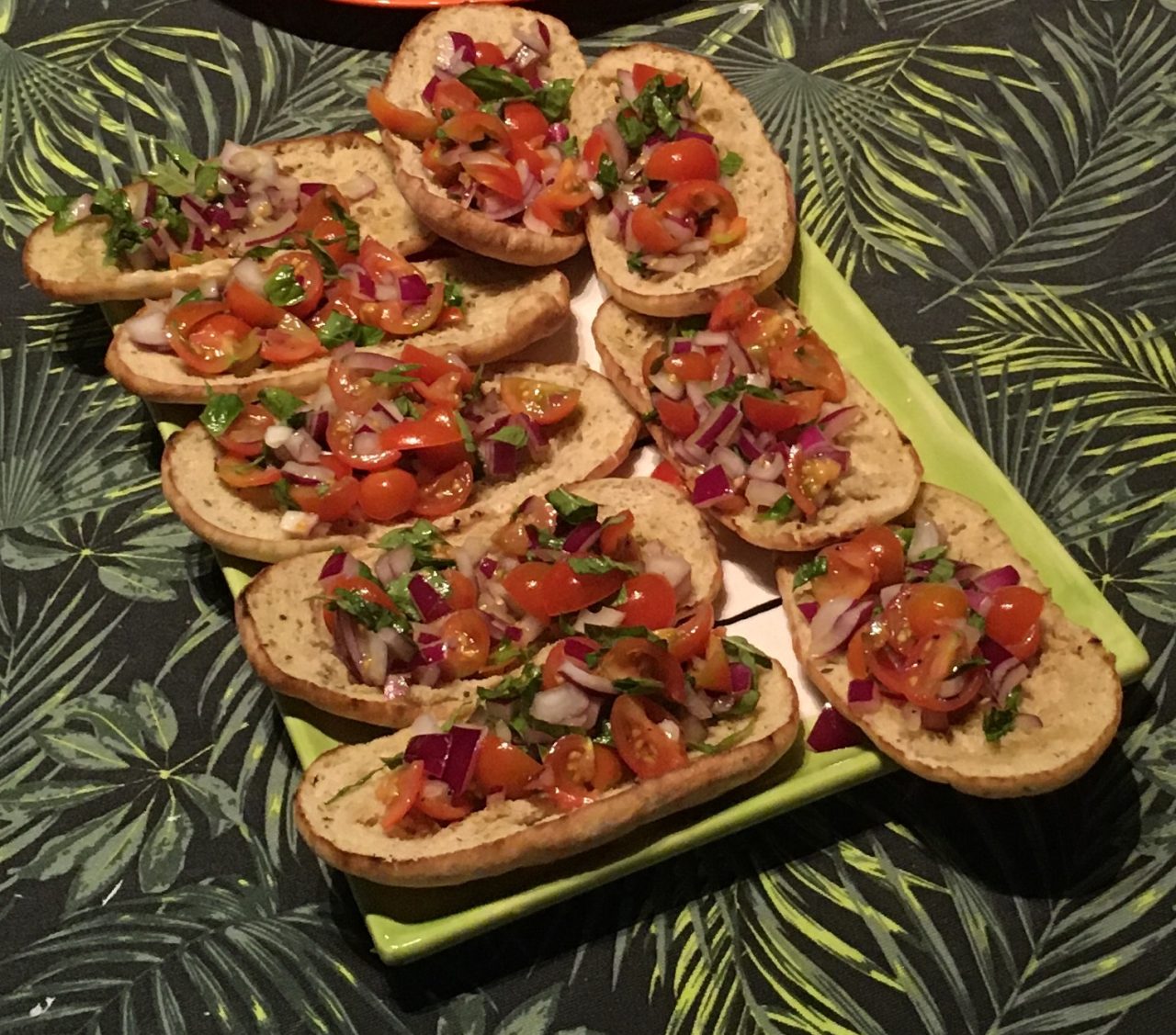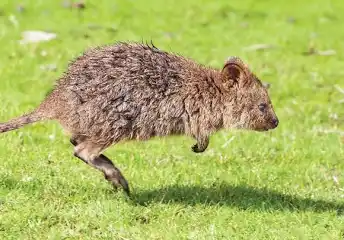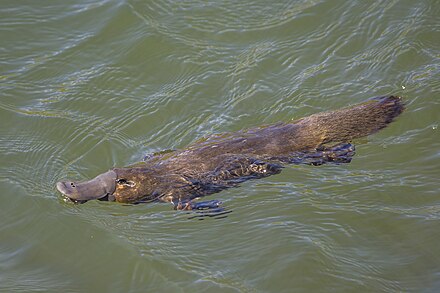Louis de Bernières is an English novelist, best known for his 1994 historical war novel, “Captain Corelli’s Mandolin.” I’ve mentioned previously that I would have enjoyed the movie of the same name about Italian soldiers who occupy the Greek Island of Cephalonia during World War 2 except for three things:
- Nicholas Cage
- Nicholas Cage
- Nicholas Cage
The writer holidayed in Australia at one stage where he came upon a statue of a dog during a visit to the Pilbara region of Western Australia. What can I tell you about the Pilbara? It’s remote mining country, wickedly hot and with nothing but red dust for miles.
But I digress. Back to the statue …….

The dog’s name on the statue was “Red Dog” ( 1971 – 1979), a kelpie/cattle dog cross.
He had a series of owners and lengthy periods travelling on his own, essentially becoming a beloved friend and mascot of the greater Pilbara community. “Red Dog” was made a member of the Dampier Salts Sport and Social Club and the Transport Workers Union and was also given a bank account with the Bank of New South Wales which was said to have used him as a mascot, with the slogan. “If Red banks at the Wales, then you can too.“
When “Red Dog” died, presumed poisoned, a local vet had him buried in a secret unmarked grave. There is a plaque, fixed to a boulder, very close to this site, just outside of the town of Cossack WA. The plaque states:
” Red Dog
The Pilbara Wanderer
Erected by the many friends
Made during his travels.”
This story so inspired de Bernieres that he wrote the novella, “Red Dog”, published in 2001, which was adapted to a film of the same name in 2011.
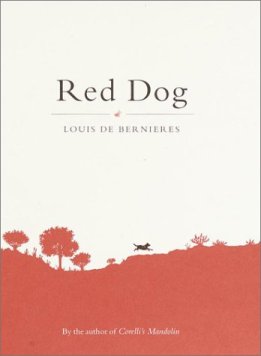
As of 17 November 2011, the film made more than A$21 million at the Australian box office since opening in August 2011. Red Dog is ranked eighth in the list of (Cinema of Australia) highest-grossing Australian films of all time. Eleven days after opening, Red Dog became the highest-grossing Australian film of 2011. Much of this success is because Nicholas Cage was not involved.
*For bonus trivia, the soundtrack to the movie features some truly great Aussie pop music. Grab a glass of plonk and prepare to flit across the lounge room floor.
*I remember seeing this movie with Cat Balou. There was laughter, tears, and bopping to the music in our seats. It was my last time being in a cinema where everyone clapped at the end of the movie.
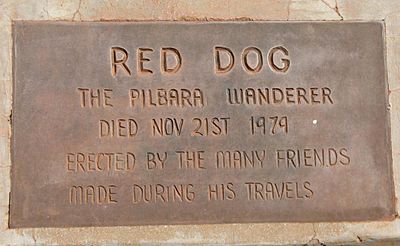

#A-ZChallenge 2024
Australian Trivia
